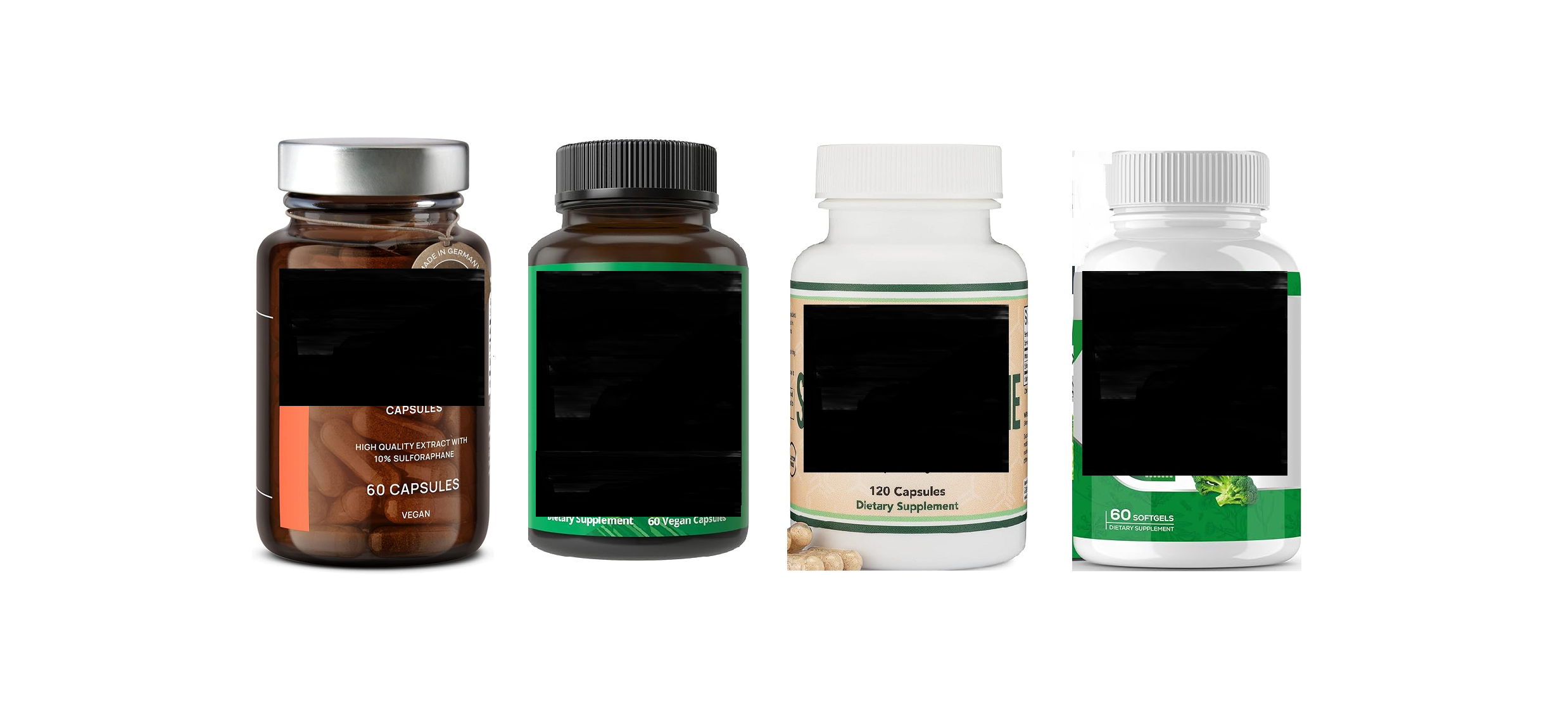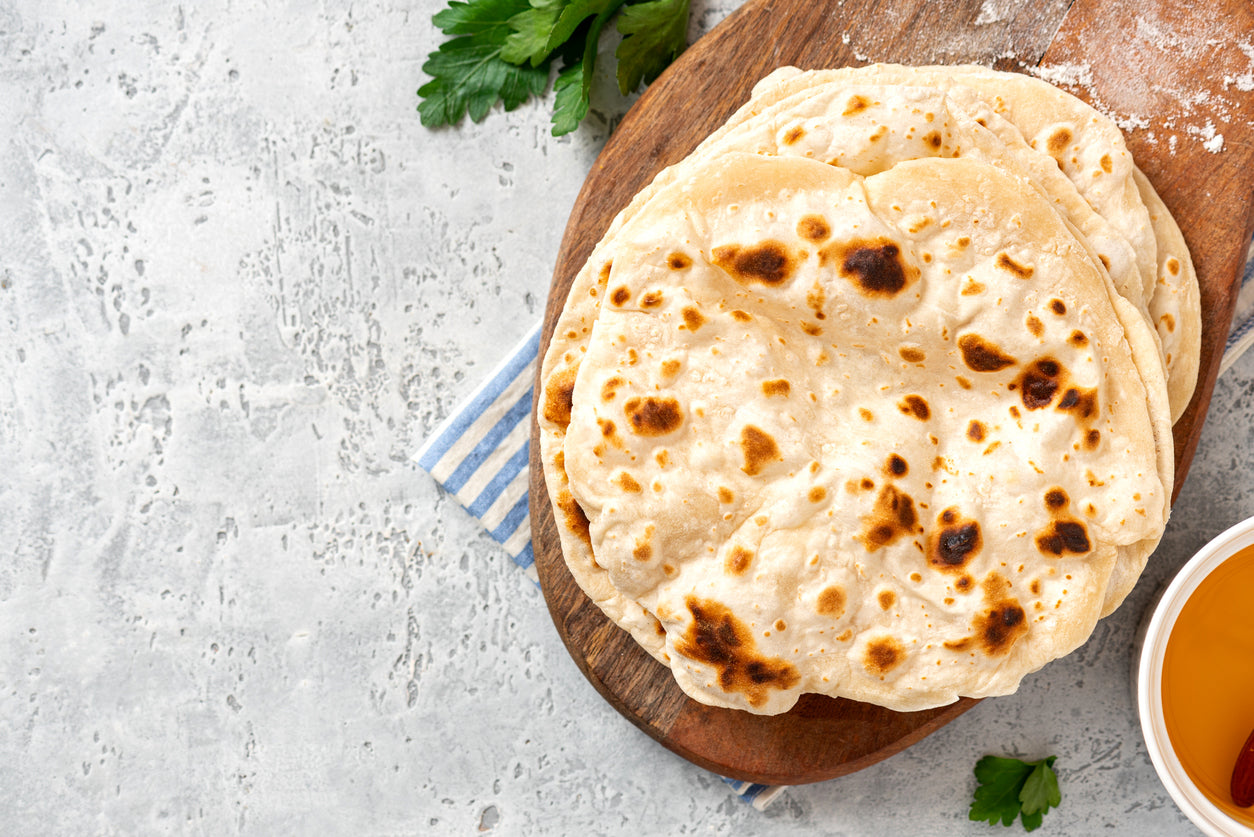I first got interested in curcumin from turmeric root in 2014 after Mara’s breast cancer spread to her bones. She had been doing what I call a “shotgun” approach to her cancer care by following treatments that should work for her type of cancer. But they were not working. So, we got a biopsy of her cancer and with the help of John Gildea, who I affectionately call the “Cell Whisperer,” we grew the cancer cells in our lab.
Once we had grown a large crop of these cells, we immortalized them (think Henrietta Lax) and began to study how to kill them. This was largely done by putting various supplements on the cells. Pretty quickly, we found the top three were green tea matcha, curcumin and sulforaphane with vitamin C at a close fourth.
You may have heard me share that this was the birth or our interest in sulforaphane. I could not find a stable form of the molecule so began growing broccoli sprouts because none of the broccoli supplements on the market had sulforaphane. Years later, John stabilized sulforaphane and BrocElite was launched.
This was also the beginning of our interest in curcumin. Unlike sulforaphane, there were supplements on the market with actual curcumin in them. But unlike sulforaphane, which is easily absorbed into the body, curcumin is not. Only 1-2% curcumin gets absorbed. And if you’re taking straight turmeric root, which is only 3-4% curcumin, you are getting a negligible amount into your body.
Finding that curcumin was #2 in killing Mara’s type of cancer in the lab, along with reading the countless, amazing research papers on curcumin, I began asking the question: how much curcumin do you need to take orally to achieve a concentration in the blood to receive the biological benefits you read about in these research papers?
Meriva was the main highly bioavailable curcumin at the time with a 29-fold increase in absorption. But the companies that had Meriva in their curcumin product would dilute the powder with filler, so you were only getting a fraction of the benefit. At one time, Mara was taking 15 Meriva capsules a day.
Longvida came along in 2015-2016 and had a 60-fold increase in absorption and crossed the blood-brain barrier. Plus, the pills came in a pressed form, so no filling agent was needed. But did this achieve the biologically relevant dose needed?
The only way we could know for sure was to by-pass the gut barrier and do intravenous curcumin. We found only one compounding pharmacy in California that had IV curcumin. We did some testing on what they sent us. The formulation had lots of questionable chemicals in it, and the company ended up going out of business, so that ended up being a dead end.
Having read so much about curcumin, John started to experiment with making his own highly bioavailable form of curcumin. He taught me how to make it. Mara ended up taking this with lots of the powder in a smoothie and hoped for the best.
Several years later, in 2018, a paper came out by Rohitash Jamwal comparing 11 different highly bioavailable forms of curcumin entitled: Bioavailable curcumin formulations: A review of pharmacokinetic studies in healthy volunteers. I spoke to him recently, and he shared that it took him five years to go through the data and write the paper.
Next week I'll be reviewing this paper and will share how John's curcumin, which we now call CurcElite, compares with best brands currently on the market.
Note: These statements have not been evaluated by the Food and Drug Administration. Supplements are not intended to diagnose, treat, cure, or prevent any disease.









0 Comment